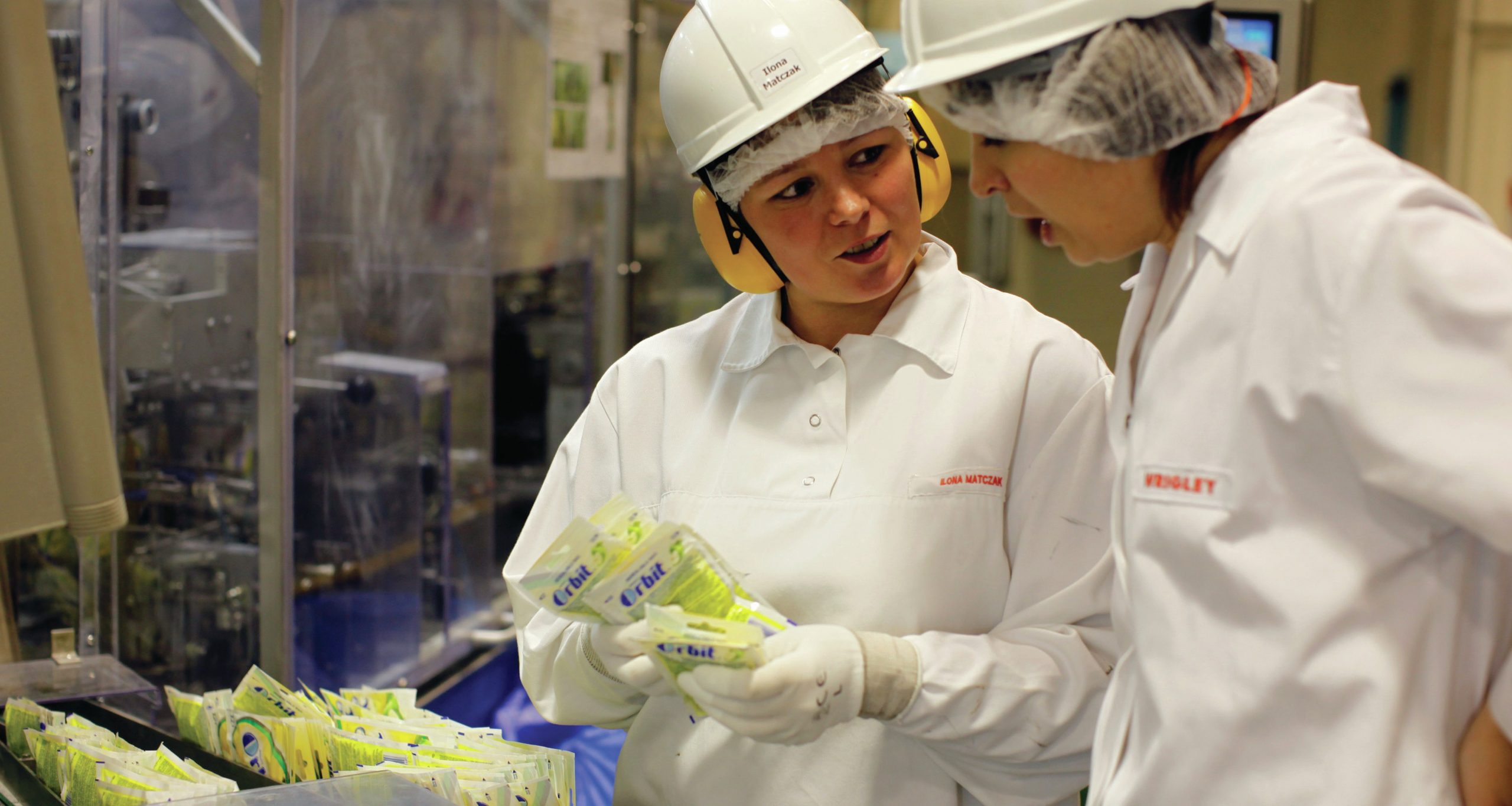
You need to know something about ‘the costs and benefits’ associated with transnational corporations (TNCs) for A-level and IB geography, and it is useful to understand how TNCs ‘build their global businesses’ or ‘contribute to financial flows’. Textbooks often focus on the productive activities of TNCs (where branch plants are sited and the human and environmental consequences of such actions). In contrast, this article looks at who owns, and profits from, the earnings of TNCs.
■ Some major TNCs are still owned by private individuals or small groups of people. Examples are Cargill (owned by the Cargill family) and Mars, another family-owned business (Table 1).
Your organisation does not have access to this article.
Sign up today to give your students the edge they need to achieve their best grades with subject expertise
Subscribe




